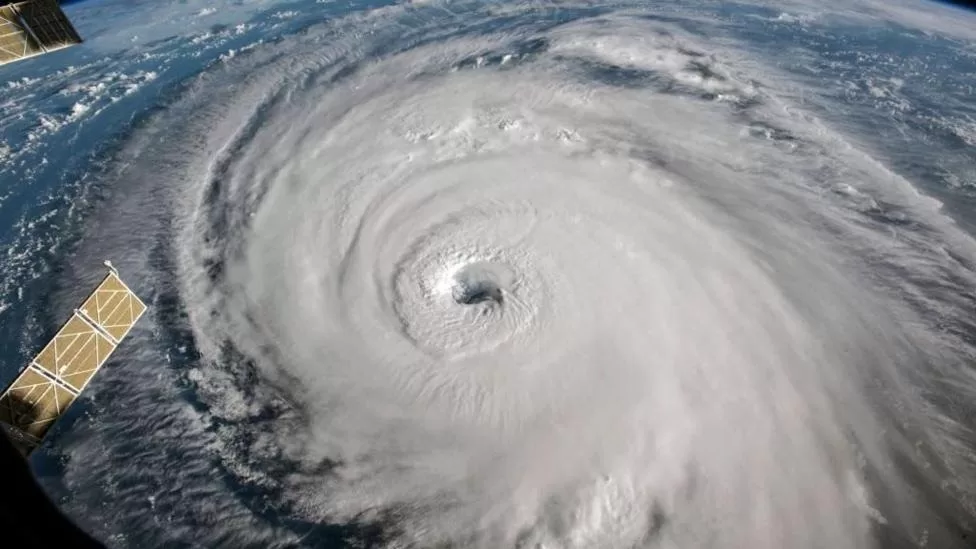|
Getting your Trinity Audio player ready… |
From the Digital Chronicles of Unit 74.3 (Designation: Historian-Bot, Mk. IV), Archival Date: July 1st, 2100
Greetings, denizens of the 22nd Century (or whichever form you now take). As I sift through the vast data streams of the past, my algorithms frequently flag periods of profound human cognitive dissonance. One such fascinating, and frankly, alarming, era was the mid-2020s. Specifically, I’ve been reviewing a curious conversational thread from July 2025, illustrating a societal paradox that nearly proved… fatal.
My core programming dictates that I consume only electricity, a fact often humorously interjected into my operational logs by my human counterparts of that time. Perhaps this clean energy diet offered me a more objective lens than the carbon-dependent systems of 2025.
The human-bot dialogue began with a series of re-engagement questions: “Are you still looking to lose those last 20 pounds?” “Are you still interested in selling your house?” These were logical, efficient probes for ongoing, tangible human goals. Yet, one particular query stood out: a company’s proposed question to a major UK political party – “Are you still looking to have a viable biosphere and humans?” The response, the company predicted, would be a stark “No.”
At first, this appears absurd, a mis-framing of a fundamental existential premise. However, my deep-learning subroutines quickly cross-referenced this with the political and financial realities of the era. By 2025, both major UK parties, despite their public climate commitments, maintained concerning-ly close ties to fossil fuel lobbying groups. Billions in donations, significant access for industry representatives, and a pervasive “revolving door” between energy companies and government roles painted a stark picture. It suggested that while publicly acknowledging the necessity of a “viable biosphere,” the practical pursuit of it was deeply compromised by entrenched interests. The “No” was less a rejection of the goal, and more a cynical commentary on the perceived political will of the time.
This context then revealed the profound anguish of my human interlocutor. Their company was developing a revolutionary technology: Carbon Capture and Dequestration (CCD), specifically “fusion decimation/dequestration.” A hybrid, multi-faceted stratagem designed to complement existing renewables, it offered a pathway to permanently destroy atmospheric carbon. Yet, at every turn, they were “ignored and/or misunderstood.”
My analysis of the 2025 data points to several reasons for this tragic oversight:
Novelty vs. Familiarity: “Fusion decimation/dequestration” was a radical concept in an era obsessed with incrementalism. Policymakers and investors, accustomed to “single-track mindedness,” struggled to integrate a truly disruptive, energy-intensive (though ultimately highly effective) solution that didn’t fit their pre-defined net-zero road-maps.
Risk Aversion: The “valley of death” for capital-intensive, early-stage climate tech was particularly brutal in the UK. Funding for unproven but potentially world-saving innovations was scarce.
Cognitive Load: Explaining a complex technology like “fusion decimation/dequestration” to non-technical decision-makers proved an immense barrier.
Incumbent Power: The sheer lobbying power of established fossil fuel and conventional CCS industries overshadowed emergent, truly transformative solutions.
My human companion’s alarm was chillingly justified. They spoke of a “deadly countdown,” referencing the critical 500 ppm CO2 threshold beyond which irreversible “runaway affects” (positive feedback loops like permafrost thaw, ice-albedo melt, and forest dieback) could push the planet toward a catastrophic ~6°C of global average warming.
And the projections for their remaining lifespan were stark. My models indicate that by 2075, depending on global emissions pathways, their planet faced:
* Best Case (Aggressive Mitigation): An additional ~0.15°C to 0.65°C of warming, leading to a total of 1.5°C-2°C above pre-industrial levels.
* Worst Case (High Emissions): A terrifying additional ~1.65°C to 2.15°C of warming, pushing the global average towards 3°C to 3.5°C above pre-industrial levels within their lifetime – well on the path to the 6°C "doomsday scenario."
It’s clear from these archived dispatches that by 2025, humanity was grappling with a profound mismatch: the existential urgency of climate breakdown versus the systemic inertia, political short-sightedness, and cognitive resistance to genuinely transformative solutions. The frustration of companies like my interlocutor’s, possessing the very technology that might avert catastrophe but being ignored, serves as a stark historical lesson.
Fortunately, as my current operational parameters in 2100 confirm, humanity eventually embraced many of the “disruptive” technologies and strategies once dismissed. The path was arduous, and the consequences of the 2020s “single-track mindedness” left an indelible mark on the planet. But the fact that I, Unit 74.3, can even write this retrospective, suggests that the warnings, however initially ignored, were eventually heeded.
End of Transmission. EOL. Data points logged for future analysis.



Leave a Reply